This ingenious cactus leather is a true alternative to animal leather that doesn’t have a negative impact on the planet like other faux leathers that use plastics.
Get the latest international news and world events from around the world.
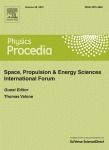
Gravitational Wave Generator Apparatus
O,.o circa 2012.
An apparatus or structure is proposed for generating high-frequency gravitational waves (HFGWs) between pairs of force–producing elements by means of the simultaneous production of a third time derivative of mass motion of the pair of force–producing elements. The elements are configured as a cylindrical array in the proposed structure and are activated by a radiation wavefront moving along the axis of symmetry of the array. The force-producing elements can be micro-electromechanical systems or MEMS resonators such as film-bulk acoustic resonators or FBARs. A preferred cylindrical array is in the form of a double helix and the activating radiation can be electromagnetic as generated by microwave transmitters such as Magnetrons. As the activating radiation wavefront moves along the axis of the structure it simultaneously activates force elements on opposite sides of the structure and thereby generates a gravitational wave between the pair of force elements. It is also indicated that the Earth is completely transparent to the HFGWs. Thus a sensitive HFGW detector, such as the Li-Baker under development by the Chinese, can sense the generated HFGW at an Earth-diameter distance and could, in theory, be a means for implementing transglobal HFGW communications.
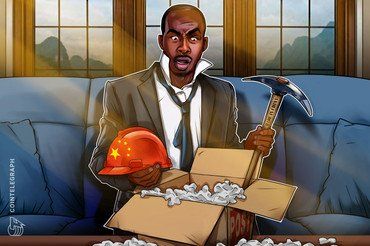

New self-forming membrane to protect our environment
A new class of self-forming membrane to separate carbon dioxide from a mixture of gases has been developed by Newcastle University researchers.
Operating like a coffee filter, it lets harmless gases, such as nitrogen, exit into the atmosphere and then the carbon dioxide can be processed.
The team believe that the system may be applicable for use in carbon dioxide separation processes, either to protect the environment or in reaction engineering.
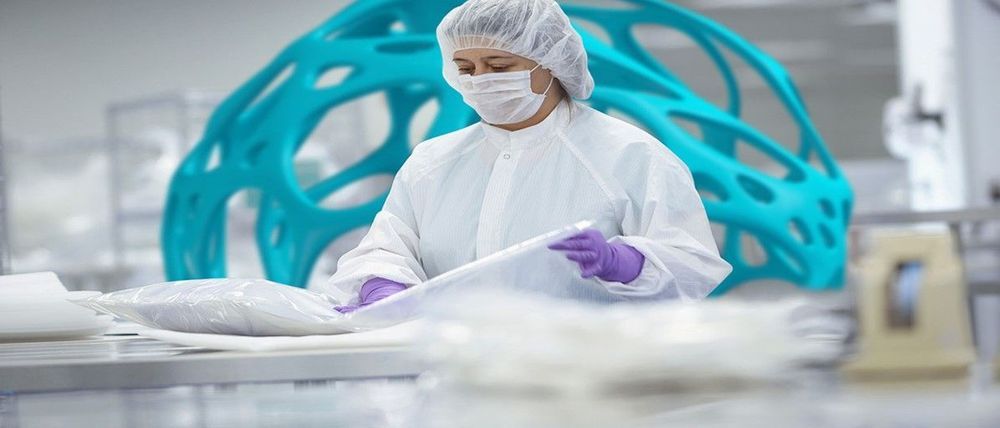
Manufacturing Platform Developed for Large-Scale Production of COVID-19 Vaccine Candidate
MilliporeSigma and The Jenner Institute report that the Institute has begun preparations for the large-scale production of its COVID-19 vaccine candidate, ChAdOx1 nCoV-19. With patients enrolled for clinical trials for this vaccine, rapid development of the large-scale manufacturing process is a critical step in quickly and safely delivering it from the lab to patients, according to Udit Batra, CEO, MilliporeSigma.
“We have brought the future of vaccine manufacturing to the present,” said Batra. “This is an important step in treating COVID-19 and other diseases that impact global public health. This work marks a milestone in the vaccine manufacturing development journey, as clinical testing continues to advance.”
Tapping into MilliporeSigma’s previous work provided a head start for plans to scale up the manufacture of Jenner’s COVID-19 vaccine candidate, added Batra. Developing the manufacturing process itself would normally take at least six months to a year, but in just two months’ time, MilliporeSigma supported the Jenner team and their collaborators to evaluate the existing manufacturing platform for use with the new vaccine candidate, and improved critical process steps, he continued.

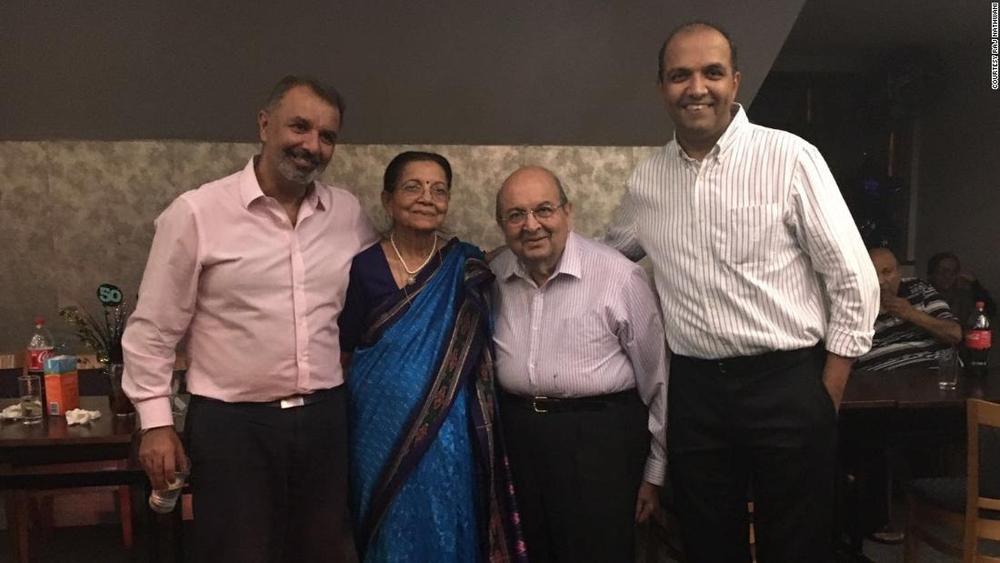
This man came home from the hospital to die. His son found a way to keep him alive
A guy used Google, and turned his parents’ first floor bedroom into a makeshift hospital ward and saved his dad’s life from coronavirus. In the darkest moments, sometimes a plan of action and a little luck are the only things people have.
…and people keep saying this can not be treated, from day one.
When Suryakant “Suri” Nathwani returned from the hospital, the reserved 81-year-old grabbed his son’s hand and pleaded to be allowed to die at home. “He said, ‘Please promise me one thing: If I’m going to go, I’m going to go here. Do not take me back there,’” his son Raj Nathwani said.
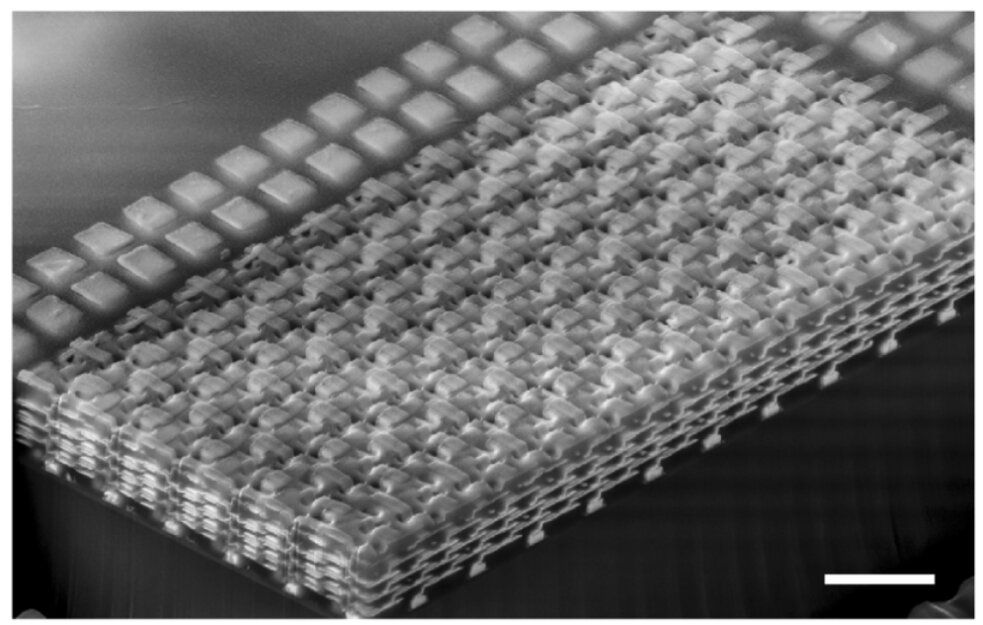
A 3D memristor-based circuit for brain-inspired computing
Researchers at the University of Massachusetts and the Air Force Research Laboratory Information Directorate have recently created a 3D computing circuit that could be used to map and implement complex machine learning algorithms, such convolutional neural networks (CNNs). This 3D circuit, presented in a paper published in Nature Electronics, comprises eight layers of memristors; electrical components that regulate the electrical current flowing in a circuit and directly implement neural network weights in hardware.
“Previously, we developed a very reliable memristive device that meets most requirements of in-memory computing for artificial neural networks, integrated the devices into large 2-D arrays and demonstrated a wide variety of machine intelligence applications,” Prof. Qiangfei Xia, one of the researchers who carried out the study, told TechXplore. “In our recent study, we decided to extend it to the third dimension, exploring the benefit of a rich connectivity in a 3D neural network.”
Essentially, Prof. Xia and his team were able to experimentally demonstrate a 3D computing circuit with eight memristor layers, which can all be engaged in computing processes. Their circuit differs greatly from other previously developed 3D circuits, such as 3D NAND flash, as these systems are usually comprised of layers with different functions (e.g. a sensor layer, a computing layer, a control layer, etc.) stacked or bonded together.

These pop songs were written by OpenAI’s deep-learning algorithm
The news: In a fresh spin on manufactured pop, OpenAI has released a neural network called Jukebox that can generate catchy songs in a variety of different styles, from teenybop and country to hip-hop and heavy metal. It even sings—sort of.
How it works: Give it a genre, an artist, and lyrics, and Jukebox will produce a passable pastiche in the style of well-known performers, such as Katy Perry, Elvis Presley or Nas. You can also give it the first few seconds of a song and it will autocomplete the rest.
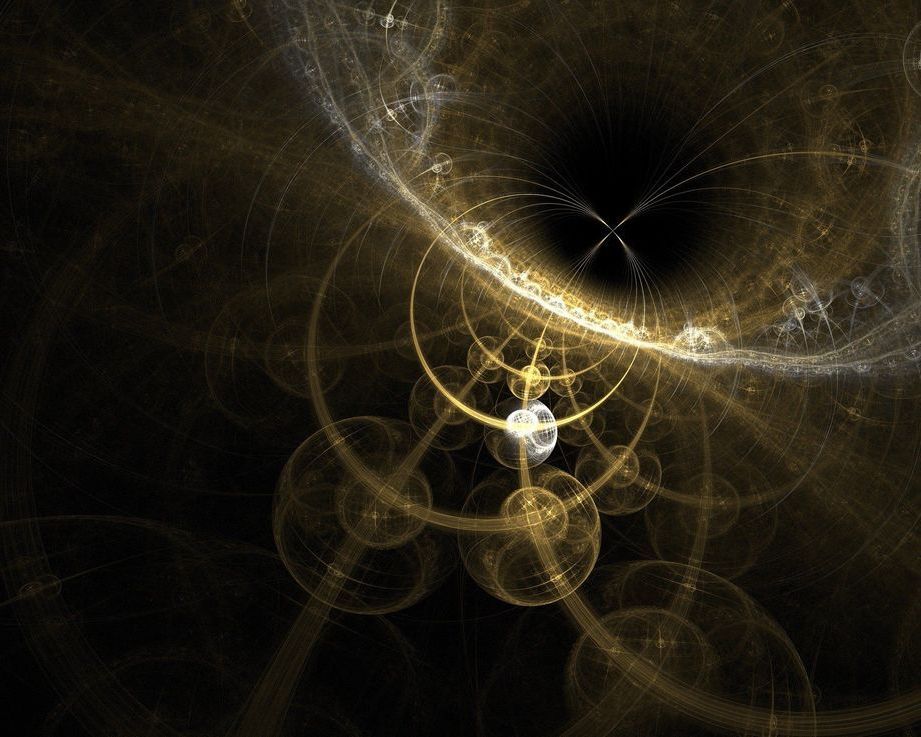
Researchers see path to quantum computing at room temperature
Army researchers predict quantum computer circuits that will no longer need extremely cold temperatures to function could become a reality after about a decade.
For years, solid-state quantum technology that operates at room temperature seemed remote. While the application of transparent crystals with optical nonlinearities had emerged as the most likely route to this milestone, the plausibility of such a system always remained in question.
Now, Army scientists have officially confirmed the validity of this approach. Dr. Kurt Jacobs, of the U.S. Army Combat Capabilities Development Command’s Army Research Laboratory, working alongside Dr. Mikkel Heuck and Prof. Dirk Englund, of the Massachusetts Institute of Technology, became the first to demonstrate the feasibility of a quantum logic gate comprised of photonic circuits and optical crystals.